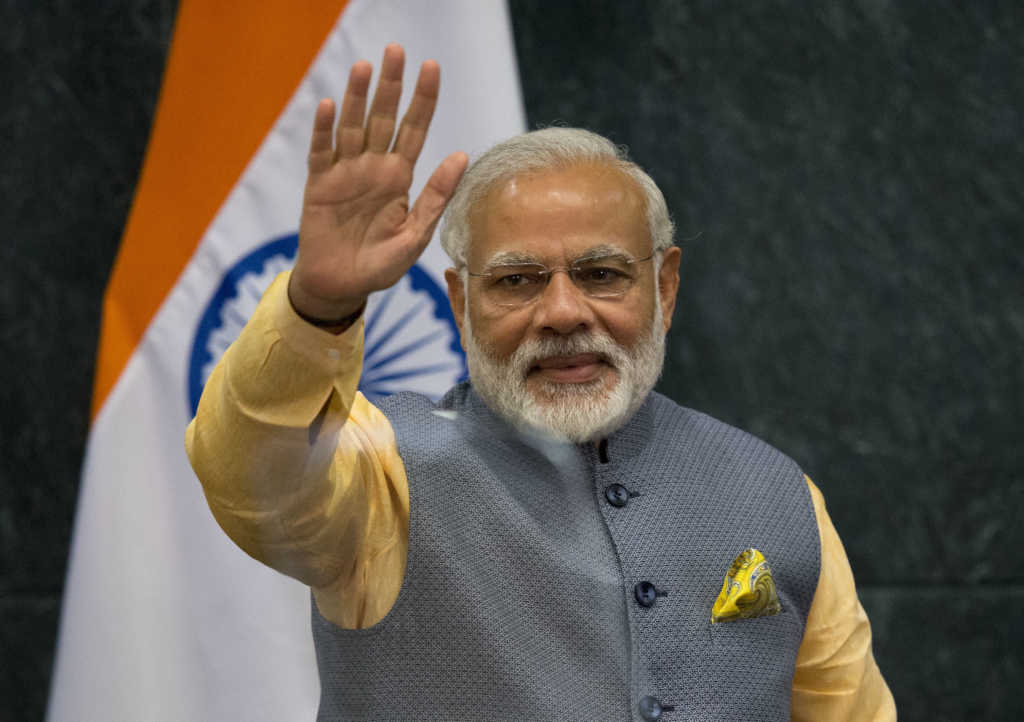India’s state broadcasting agency Prasar Bharti is all set to launch a digital global platform. The announcement was made earlier this week, and the goal of this platform will be to counter the anti-India narrative peddled by the international media.
Several prominent international media houses have undermined India, its government and its culture in the past. Earlier this year for example, CNN aired a show called ‘Believer’. It was anchored by Islamist Reza Aslan and it denigrated Hinduism. In November 2015, when the Indian mainstream media was pimping the ‘intolerance’ farce as gospel truth, the international media too picked it up. A simple internet search would have informed them that communal violence was in decline, but instead they chose to serve as echo chambers. Al-Jazeera in particular went bonkers back then, and there are no prizes for guessing why. The BBC’s coverage of the surgical strikes and their general pessimism regarding everything Indian, the New York Times’ infamous opinion pieces that project India in a poor light, the Economist’s articles about India which often contain factual inaccuracies, are testament that there is a dire need to set the record straight. It isn’t for nothing that the outlets in question are often labelled as ‘fake news’.
Apart from the West, every major power in the world has successfully set up a platform through which it broadcasts its point of view to a global audience. The prominent ones include Qatar’s Al-Jazeera, China’s CCTV and Russia’s RT. India having the second largest population in the world, being one of the world’s largest countries and possessing the fastest growing major economy in the world, cannot dream of becoming a superpower one day if its voice is never heard.
Some Indian media houses have attempted to make a global foray, but so far, these attempts have been damp squibs. For instance, the news channel Times Now is available in several countries but its content doesn’t change, because it caters essentially to the NRI community. Recently, media mogul Subhash Chandra founded an international channel called WION, but as yet, the channel seems too India-centric for an international audience and hardly at par with its peers. Arnab Goswami’s upcoming Republic TV too might make an international foray, but its workings have remained shrouded in secrecy so far. In terms of print media, Times Of India is considered to be the world’s largest English daily. But a newspaper which is incapable of shaping opinion domestically can hardly be expected to shape international opinion.
Moreover, there is enough evidence to suggest that when it comes to publicly undermining India, we have no need of the international media. India’s very own mainstream media is ever ready to take on such a role. With large parts of the Indian mainstream media functioning either as propaganda machineries or as voices of the highest bidder, the government taking on the role of being the country’s voice abroad is a much safer option in the long run.
Prasar Bharti’s choice of a digital platform to broadcast India’s point of view is a clever one. Most international television stations operated by governments to propagate their worldview achieve limited success and bleed financially. As the world inches towards complete internet access, television as a medium is dying a slow death. Prasar Bharti’s platform will aim to provide commentary in the field of geopolitics and economy, and will have its own flagship programs hosted by popular anchors. This is the format that will replace television news as we know it, which makes it compatible for the future.
Although there is no basis whatsoever for these figures right now, Prasar Bharti is targeting a traffic goal of a hundred million hits in the platform’s fifth year. An Indian point of view in global discourse has been lacking, so here’s hoping this platform serves the purpose.
